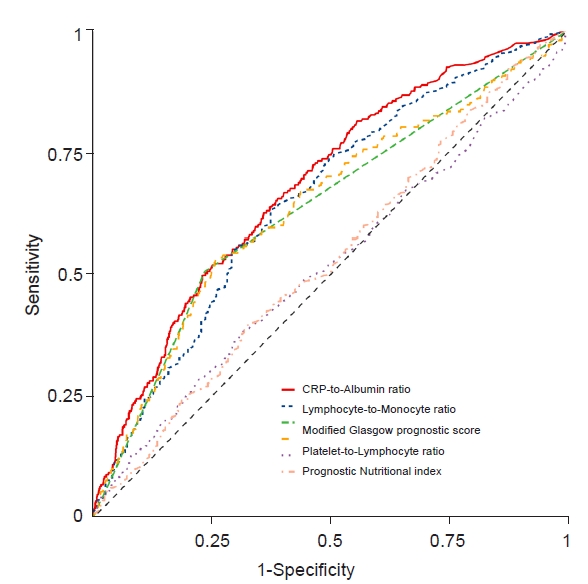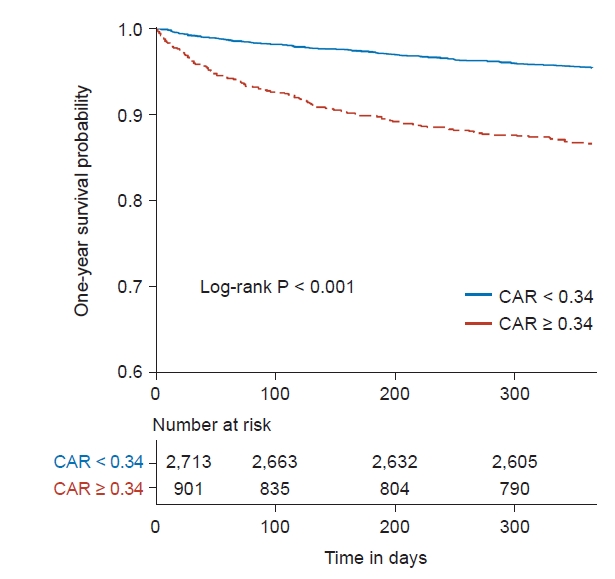 |
 |
- Search
| Anesth Pain Med > Volume 17(4); 2022 > Article |
|
Abstract
Background
Methods
Results
Conclusions
Notes
FUNDING
This research was supported partly by a grant from the Korea Health Technology R&D Project through the Korea Health Industry Development Institute, which is funded by the Ministry of Health & Welfare of the Republic of Korea (grant number: HI18C2383).
DATA AVAILABILITY STATEMENT
The datasets generated during and/or analyzed during the current study are available from the corresponding author on reasonable request.
AUTHOR CONTRIBUTIONS
Data curation: Kyoung-Sun Kim, Jae Hwan Kim, Ji-Woong Yang. Formal analysis: Hye-Mee Kwon. Methodology: Kyoung-Sun Kim, Gyu-Sam Hwang. Project administration: Gyu-Sam Hwang. Visualization: Jae Hwan Kim, In-Gu Jun, Gyu-Sam Hwang. Writing - original draft: Kyoung-Sun Kim. Writing - review & editing: Hye-Mee Kwon, Jun-Gol Song, Gyu-Sam Hwang. Resources: Jun-Gol Song. Supervision: Hye-Mee Kwon, In-Gu Jun, Jun-Gol Song.
Fig.┬Ā1.

Fig.┬Ā2.

Fig.┬Ā3.

Fig.┬Ā4.

Table┬Ā1.
Values are expressed as the mean ┬▒ SD, number (%), or median (1Q, 3Q) for continuous variables. NLR: neutrophil to lymphocyte ratio, MELD-Na score: Sodium-adjusted Model for End-Stage Liver Disease score, LMR: lymphocyte-to-monocyte ratio, mGPS: modified Glasgow prognostic score, SII: systemic immune-inflammation index, PLR: platelet-to lymphocyte ratio, PNI: prognostic nutrition index.
Table┬Ā2.
REFERENCES
-
METRICS

-
- 0 Crossref
- 2,329 View
- 53 Download
- Related articles in Anesth Pain Med
-
Viscoelastic coagulation test for liver transplantation2020 April;15(2)
- ARTICLE & TOPICS
-
- Topics
-
- Neuroscience in anesthesiology and critical care
- Anesthetic Pharmacology
- Obstetric Anesthesia
- Pediatric Anesthesia
- Cardiothoracic and Vascular Anesthesia
- Transplantation Anesthesia
- Spinal Pain
- Regional Anesthesia
- Neuromuscular Physiology and Pharmacology
- Airway Management
- Geriatric anesthesia and Pain
- Others







